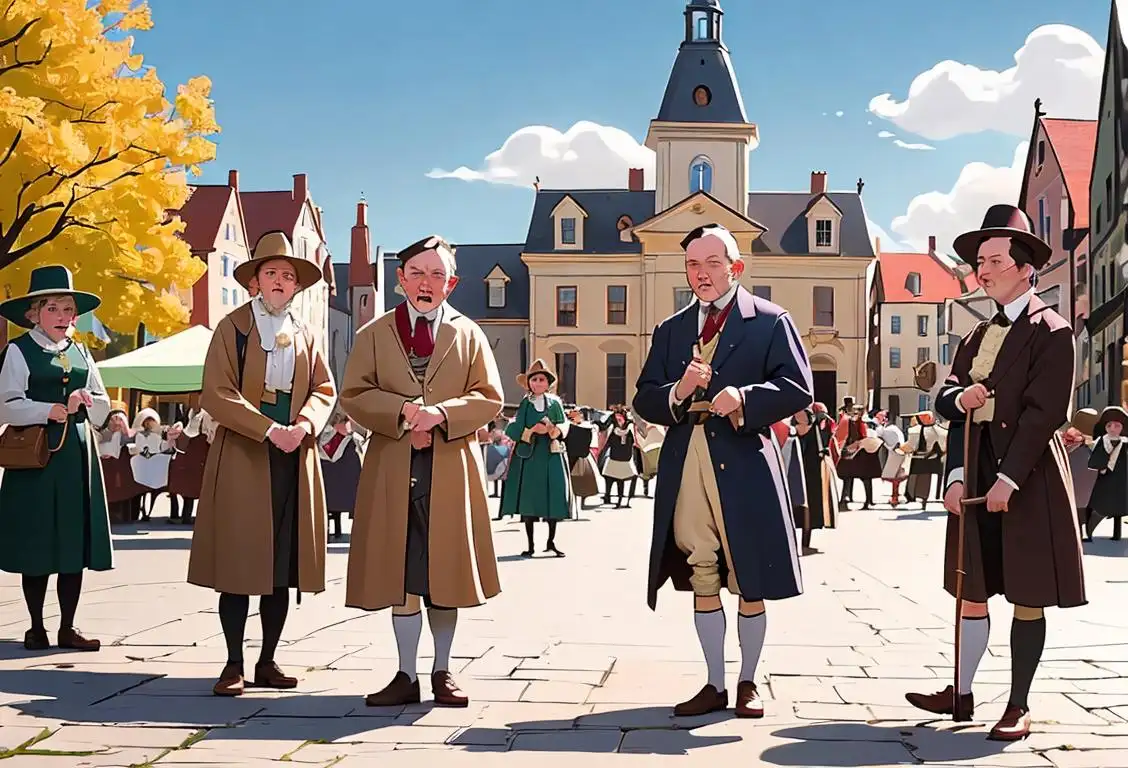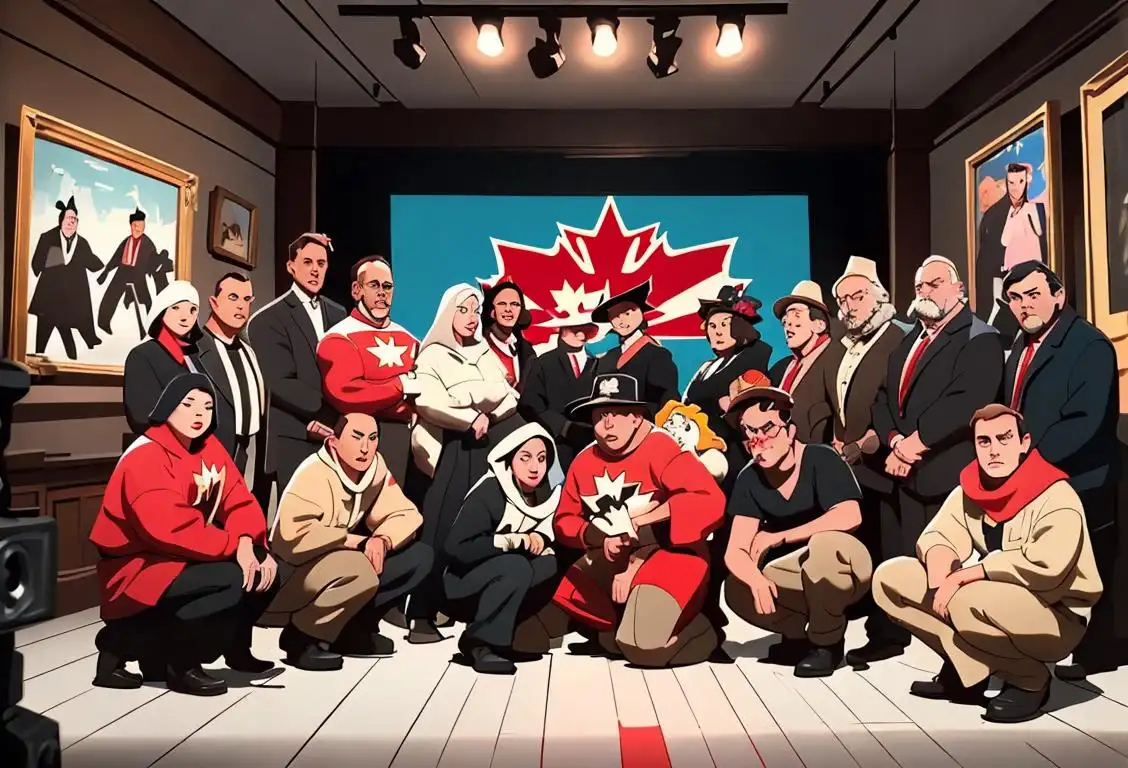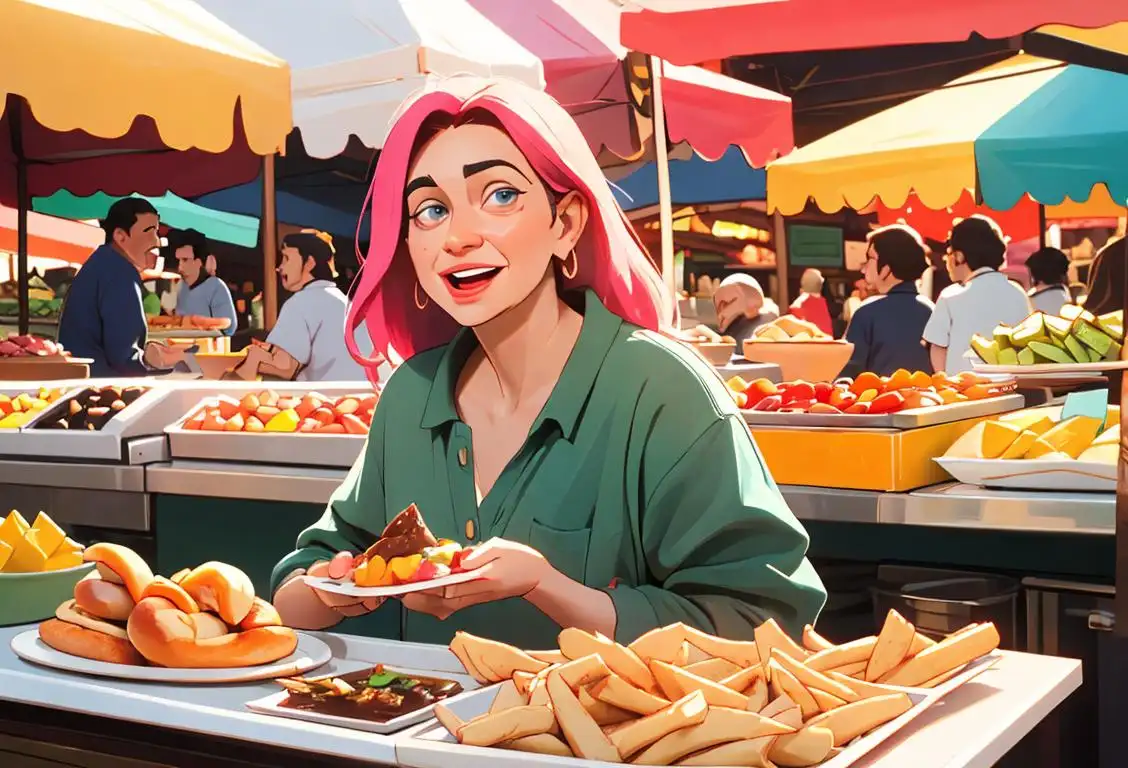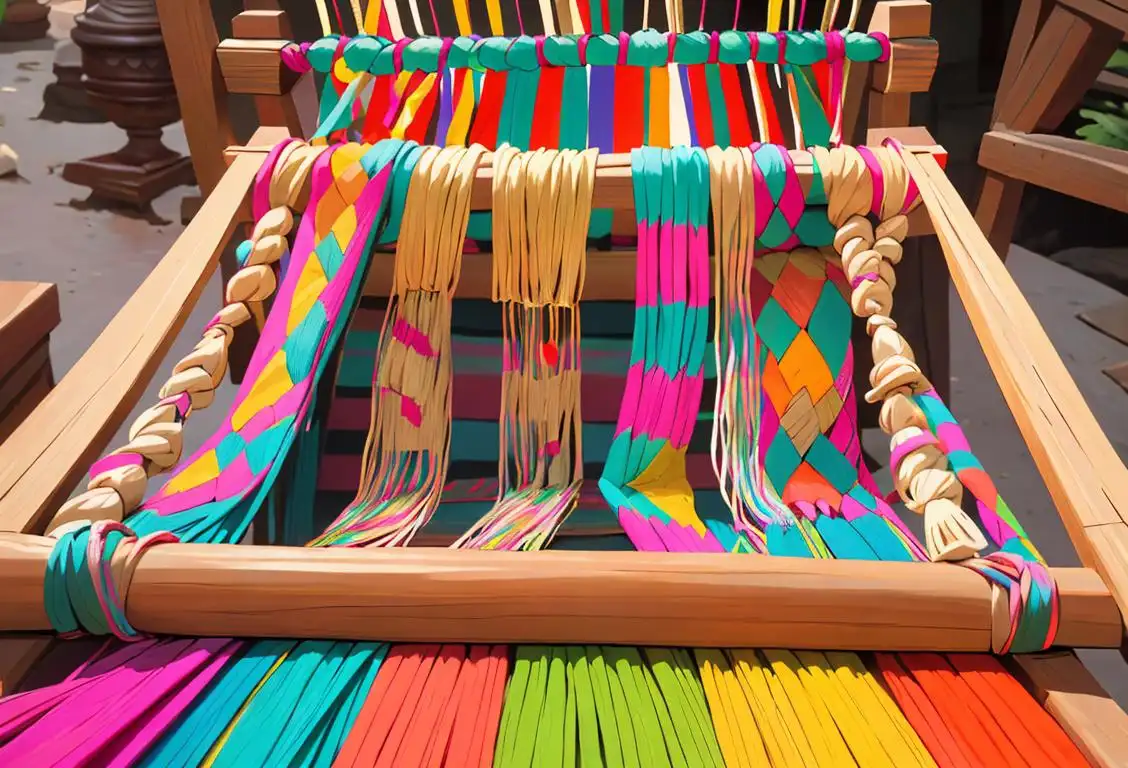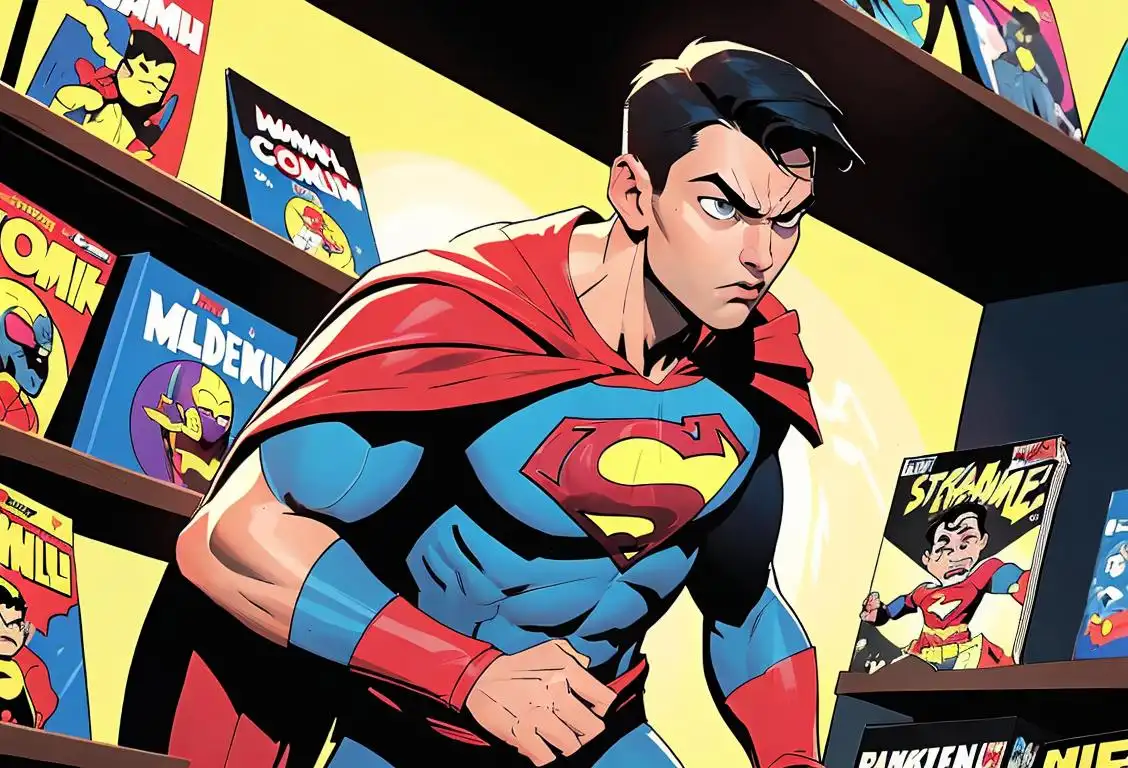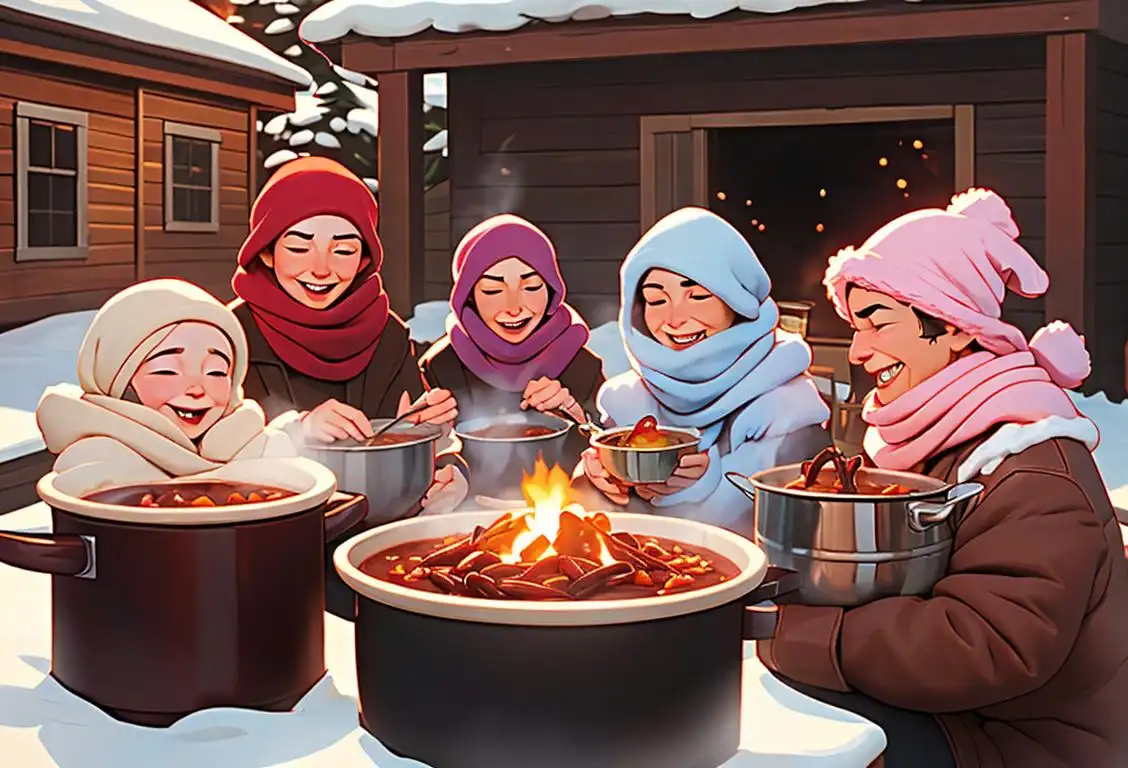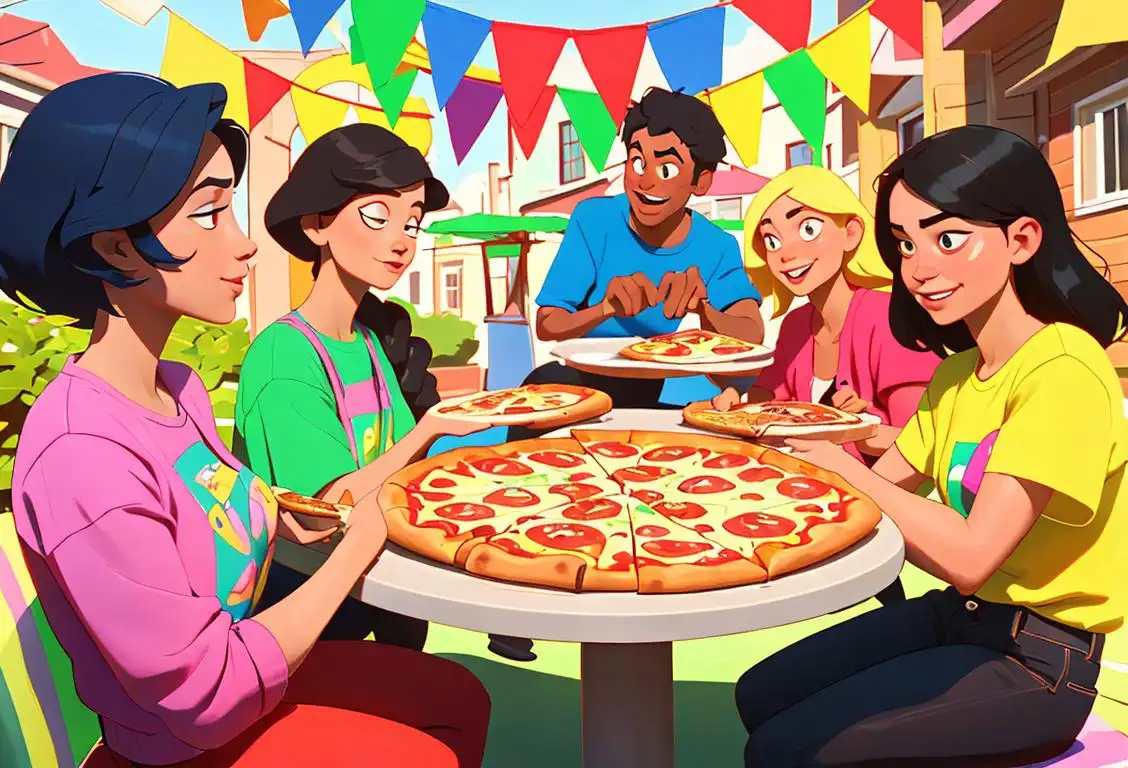National Carnival Day
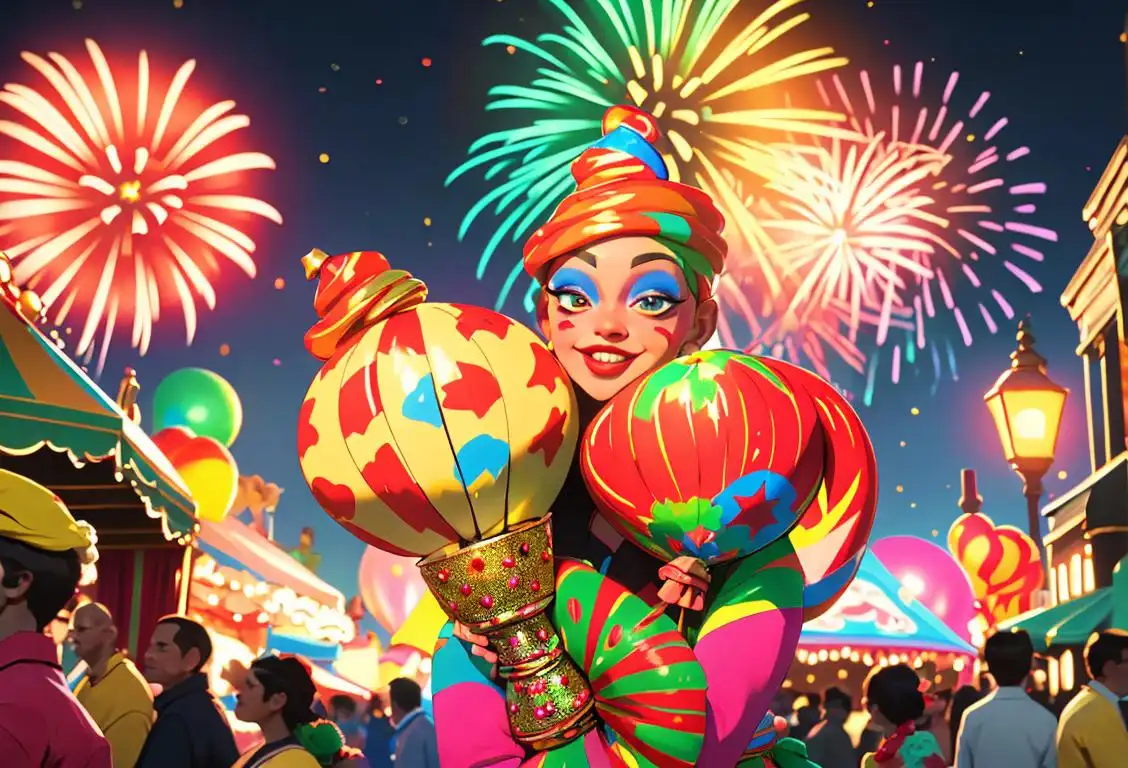
Welcome to National Carnival Day, the day where we celebrate all things fun, festive, and fabulous! Put on your party hat, grab your confetti cannon, and get ready to join in on this extravagant celebration.
When is Carnival Day?
It's national carnival day on the 26th February.
The History of National Carnival Day
Every year on the 26th of February, people from all over the world come together to celebrate National Carnival Day. This lively and colorful holiday has a rich history, spanning centuries and continents.
The origins of carnival can be traced back to ancient Rome, where it was known as "Carnivalis." It was a time of excess and indulgence, with people taking to the streets to eat, drink, and be merry. The tradition continued through the Middle Ages, with various European countries hosting their own unique versions of carnival.
In the 15th century, carnival made its way to the Americas with the arrival of European explorers. It blended with local traditions and cultures, giving birth to vibrant and diverse celebrations in countries like Brazil, Trinidad and Tobago, and New Orleans.
Today, carnival is a true global phenomenon, with millions of people joining in on the festivities every year. From the colorful parades and captivating costumes to the rhythmic music and mouthwatering street food, National Carnival Day is a feast for the senses.
How to Celebrate National Carnival Day
Ready to join in on the fun? Here are a few ways you can celebrate National Carnival Day:
- 1. Attend a Carnival Parade: Find a local carnival parade and immerse yourself in the vibrant atmosphere. Watch as dancers sway to the beat of the music, marvel at the intricate costumes, and enjoy the sense of community.
- 2. Dress up in Costume: Embrace your inner creativity and put together a dazzling carnival costume. Whether you choose to be a samba dancer, a masked Venetian, or a playful clown, let your imagination run wild.
- 3. Sample Carnival Food: Indulge in the flavors of carnival by trying traditional dishes from around the world. From feijoada in Brazil to beignets in New Orleans, there's a wide variety of mouthwatering treats to satisfy your taste buds.
- 4. Learn a Carnival Dance: Join a dance class or watch online tutorials to learn the moves of popular carnival dances like samba, merengue, or the Charleston. Get your hips shaking and join the lively rhythm of the parade.
- 5. Host a Carnival-themed Party: Bring the carnival spirit to your home by hosting a festive party. Decorate with colorful streamers, play lively music, and encourage your guests to come in costume.
Did You Know?
Did you know that the largest carnival celebration in the world is held in Rio de Janeiro, Brazil? The Rio Carnival attracts over two million people each day and features elaborate parades, stunning costumes, and lively street parties. It's truly a spectacle like no other.
History behind the term 'Carnival'
14th century
The Origins of Carnival
The term 'carnival' finds its roots in Latin, specifically from the words 'carne levare,' which means 'to remove meat.' This refers to the practice of abstaining from meat during the period leading up to Lent, a Christian observance of fasting and penance. In the 14th century, European Catholic communities began organizing festive events filled with feasting, music, dancing, and parades to celebrate before the start of Lent.
6th century AD
The Origins of Carnival
Carnival can trace its roots back to ancient pagan festivals, such as the Roman festival of Saturnalia and the Greek festival of Dionysus. These celebrations marked the coming of spring and were known for their lively and exuberant atmosphere. They featured feasting, music, dancing, and colorful costumes, allowing people to indulge in merriment and revelry before the solemn period of Lent.
1091
The First Documented Use of 'Carnival'
The term 'carnival' derived from the Latin word 'carne vale,' meaning 'farewell to meat.' The earliest documented use of the word 'carnival' can be found in a document from the English town of Sées in Normandy, France. The document refers to 'carnem levamen,' which signifies 'the taking away of meat.' This suggests that the word was initially associated with the religious observance of fasting and abstinence during Lent.
15th century
Evolution into Masquerades
During the 15th century, the term 'carnival' became associated with masquerades. Participants would wear masks, elaborate costumes, and disguises to conceal their identity. This allowed people from different social classes to mingle freely and temporarily escape societal norms and expectations.
14th century
The Rise of Carnival in Europe
During the 14th century, carnival festivities gained popularity across Europe. The celebrations became more elaborate and widespread, incorporating elements of pageantry, parades, theatrical performances, and masquerades. These events provided an opportunity for people of all social classes to temporarily escape their daily lives and engage in a world of fantasy and role-playing.
17th century
Carnival in New Orleans
Carnival traditions expanded across the world, with one of the most famous being Mardi Gras in New Orleans. The city's French influence brought vibrant celebrations featuring lively parades, music, throwing beads, and the iconic Mardi Gras King Cake. The Festivals Act of 1699 made Mardi Gras an official holiday in the colony of Louisiana.
19th century
Rio Carnival and Samba
In the late 19th century, the Rio Carnival emerged as one of the largest and most extravagant carnivals in the world. It incorporated elements of African, European, and indigenous cultures, and eventually became strongly linked to samba, a Brazilian music genre characterized by lively rhythms and dance. Today, Rio Carnival attracts millions of visitors each year.
17th century
Carnival in Venice
Carnival in Venice reached its peak during the 17th century. The city became renowned for its extravagant and opulent celebrations, attracting visitors from all over Europe. The iconic Venetian masks, designed to conceal one's identity and allow for uninhibited behavior, became emblematic of the carnival. The masked revelers wandered the streets, participating in grand processions, masked balls, and theatrical performances.
19th century
Carnival Spreads to the Americas
With the expansion of European colonies, carnival traditions were brought to the Americas. Countries such as Brazil, Trinidad and Tobago, and the Caribbean islands embraced carnival, infusing their unique cultural influences and creating vibrant and diverse celebrations. The African diaspora greatly influenced the development of carnival in these regions, adding rhythmic music, colorful costumes, and energetic dances.
20th century
Carnival Worldwide
Carnival celebrations spread globally during the 20th century. Notable examples include the Notting Hill Carnival in London, held annually since 1966 and showcasing Caribbean culture, and the Cologne Carnival in Germany, known for its humorous political satire. Many other cities and regions around the world have their unique carnival traditions, each with its own distinct characteristics and customs.
20th century
Carnival as a Cultural Phenomenon
In the 20th century, carnival evolved into a major cultural phenomenon. It became a platform for social commentary, political satire, and artistic expression. Different regions developed their distinct carnival traditions with recognizable features like the samba parades in Rio de Janeiro, the calypso music in Trinidad, or the Mardi Gras celebrations in New Orleans. Today, carnival continues to captivate and unite people around the world, showcasing the richness of global cultural diversity.
Did you know?
Did you know that the largest carnival celebration in the world is held in Rio de Janeiro, Brazil?Tagged
fun culture partyFirst identified
26th February 2016Most mentioned on
26th February 2016Total mentions
4Other days
Carnival Day
History Day
Canadian Film Day
Eat What You Want Day
Handloom Day
Comic Book Day
Chili Day
Pizza Party Day
Moving To Canada Day
Goth Day
